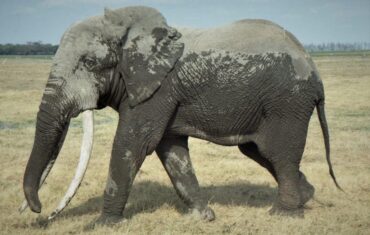The Great Wildebeest Migration in the plains of East Africa is one of the world’s most thrilling, intriguing and spectacular displays of wildlife behavior. As such, our travelers place great timing importance on having the best front row seats to see the event. By sharing our personal knowledge, local experience and expertise of the Great Migration in Masai Mara National Reserve, Comenya Tours helps you have a superlative safari trip in Kenya’s pristine wilderness outback.
Maasai Mara is the most noted location of the wildebeest migration due to its famed Mara River crossings, and this has led to some misunderstandings about the migration itself. The migration is an ongoing movement of animals that takes place throughout the year.
The migration occurs within an area that is known as the “Serengeti ecosystem.” The 40,000-square mile area is defined Maasai Mara National Reserve in the north and, in the south, Ndutu, Ngorongoro Conservation Area and Maswa Game Reserve in Tanzania. The central, eastern and western areas include Grumeti Reserve, Loliondo, the official Serengeti National Park including part of southern expanse of Kusini and other protected areas.
The migration is not a singular, isolated event. Instead, the phrase describes the constant movement of over 1.5 million wildebeests and hundreds of thousands of zebras, as well as elands and gazelles. As with other wildlife, the purpose of the movement is the search for pasture and water. When supplies of these vital resources are depleted in one area, the animals move to another area where water, grasses and other food sources are plentiful.
Owing to the massive size of the herds, the Great Wildebeest Migration arriving from the Serengeti stands out from other migratory movements. How the animals know where to find food and water remains a mystery largely, but researchers have developed some hypotheses about the behavior. Most evidence indicates that weather patterns and the cycle of the rainy and dry seasons have the greatest influence on the wildlife movement. Because rainfall and weather are somewhat unpredictable, there is no way to calculate concretely where the animals will be at any point in the year, nor how long they will remain in one area.





